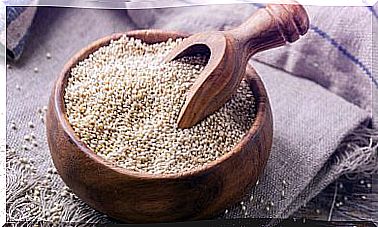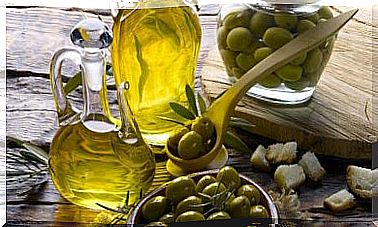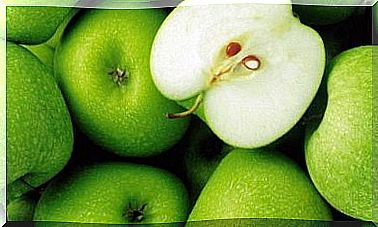5 Foods That Relieve Pain From Rheumatism
The diet for rheumatism proposes a complete and balanced eating plan with foods that help reduce inflammation. Its adoption does not cure the disease but helps control the symptoms.
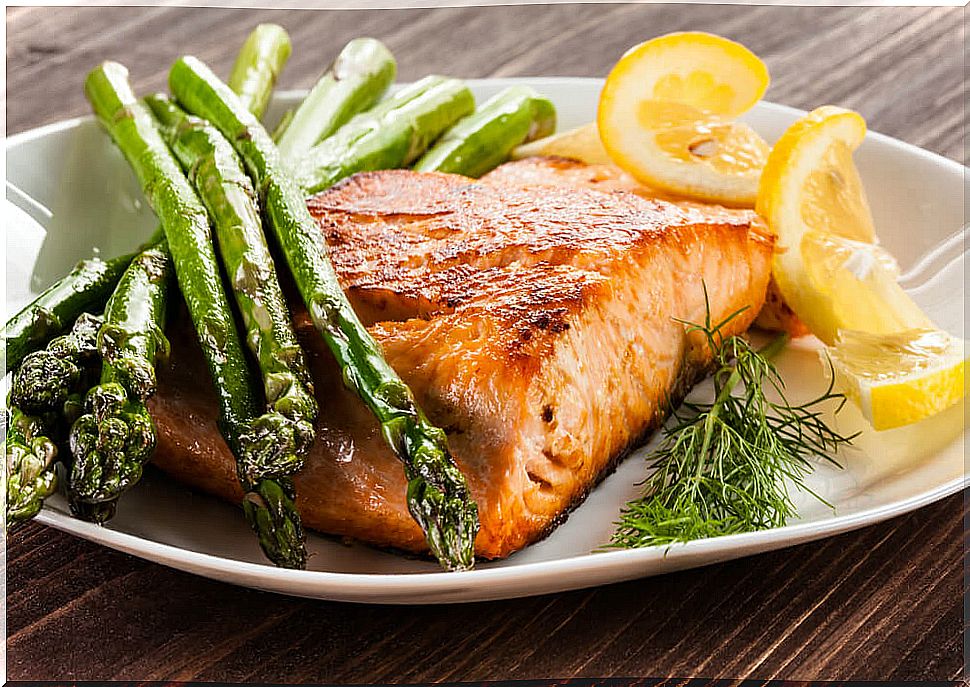
The diet for rheumatism does not cure the disease as such, however, it can provide you with the necessary nutrients to alleviate the symptoms and avoid complications. In fact, there are anti-inflammatory foods that serve as allies to promote wellness.
Although patients with these diseases are used to living with pain, crunching and movement difficulties, small changes in diet can be helpful in improving quality of life. In addition, they can also be used to lose weight.
Best of all, it’s not about following a strict or “miracle” type of diet. Although the ideal is that the diet is adapted to each case, it includes all the groups of nutrients without exposing the body to other unwanted effects.
What are the foods that relieve pain? What foods should be avoided? Understanding that many are struggling with this problem, below we want to resolve these questions in detail.
Do not miss it!
What you should keep in mind to make a diet for rheumatism
It must be clear that the realization of a diet for rheumatism does not imply to stop consuming the drugs prescribed by the doctor, nor to ignore other habits that are key to the treatment. Actually, the idea is to improve your diet to reduce symptoms and lead a normal life.

Another relevant aspect is that through diet you can reduce body weight. Thanks to this, the pressure on the joints and the constant pain are reduced. Do you know what you must take into account to achieve it?
- In the first place, it is convenient to know if there is any type of food intolerance that can cause an increase in intestinal permeability. Often, the lack of control of this difficult problem relief of rheumatoid arthritis.
- The elimination of foods that produce hypersensitivity and allergies is a very beneficial measure against the symptoms of rheumatism.
- Also, optimal nutrition should be guaranteed without overfeeding. Unfortunately, more than half of rheumatism patients have some form of malnutrition.
- Foods that contain purines should be limited as much as possible to achieve a greater sense of well-being. Also, avoid excess salt, caffeine and sugars.
Foods to include in the diet for rheumatism
There are many foods that you can include in a balanced diet plan to treat rheumatism. However, due to their properties, some are more beneficial than others. In fact, many of these are part of the so-called Mediterranean diet or the so-called ‘anti-inflammatory diet’.
1. Fatty fish
First of all, you have to know that all varieties of fatty fish contain high doses of omega 3 fatty acids, a substance that is key to the control of rheumatism. Its assimilation in the body reduces the production of agents that increase inflammation, as stated in an article published in the journal “Biochemical Society Transactions”. In addition, it has the ability to inhibit the enzymes that cause it.
On the other hand, they provide an interesting amount of vitamin D, which is key in preventing swelling of the limbs and pain.
2. Extra virgin olive oil
The moderate consumption of extra virgin olive oil is very beneficial in the diet for rheumatism.
The reason is that this food contains a substance called oleocanthal, which serves to inhibit the enzymes that participate in inflammatory processes.
3. Citrus fruits
Citrus fruits and other foods rich in vitamin C help produce collagen, the main component of the cartilage that lines the joints. Therefore, its inclusion in the diet reduces tissue deterioration and inflammation.
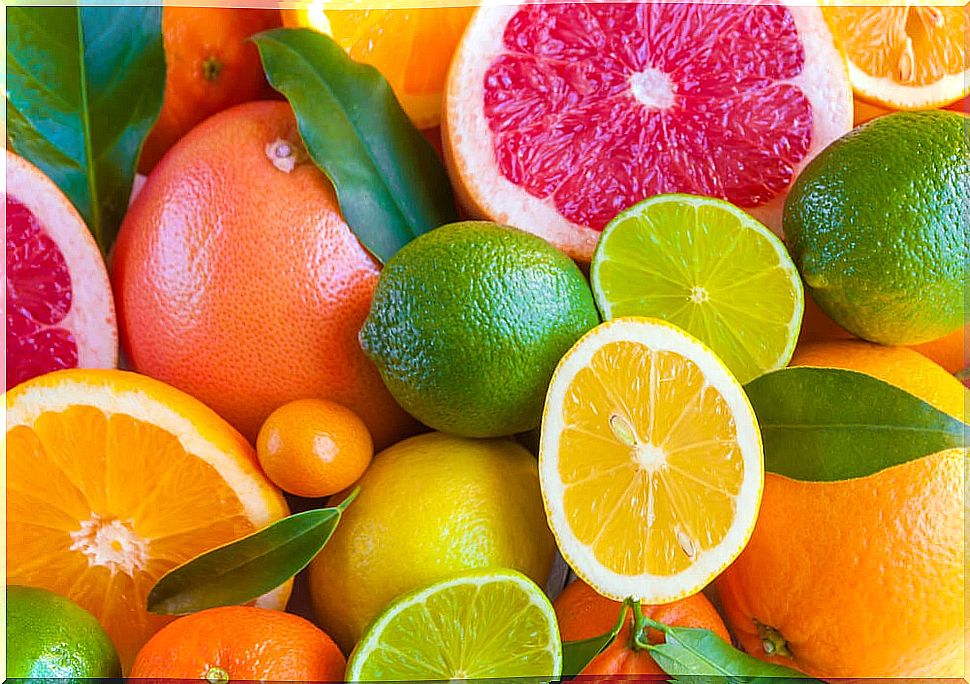
4. Nuts and seeds
This variety of foods is recommended as a complement to any type of diet for rheumatism. Its main benefits are attributed to its contribution of omega 3 fatty acids, which is an essential nutrient that favors the control of excess inflammation.
Nuts and seeds are also a source of amino acids and dietary fiber, substances that help maintain optimal energy levels and good digestive health, according to a study published in the journal “Alimentary Pharmacology & Therapeutics.” Despite this, its consumption should be moderate, because they contain many calories.
5. Onions and leeks
Onions and leeks contain a type of antioxidant known as quercetin. Thus, thanks to this antioxidant substance, it can help us to inhibit the compounds that produce inflammation in the body. In fact, they are attributed a slight analgesic effect.
What are the foods to avoid on a rheumatism diet?
Patients who want to adopt a good diet for rheumatism should be aware that some foods can worsen the condition. Therefore, it is necessary to learn to identify them and look for organic and healthy alternatives to replace them.
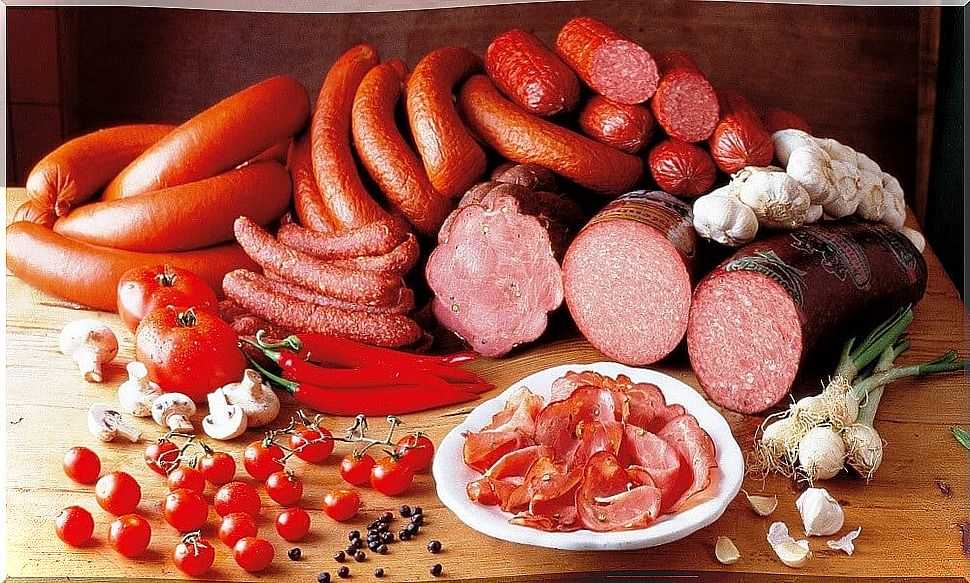
For example, some foods to avoid if you suffer from rheumatism are:
- Seafood and red meat.
- Stuffed or smoked meats.
- Palm oil and soy.
- Industrial bread and pastries.
- Sugar and sweets.
- Soft drinks and carbonated drinks.
- Foods rich in oxalates (spinach, beets, chard, cocoa powder, etc.).
- Whole dairy.
- Junk and pre-made food.
- Canned food.
Optimize diet to improve rheumatism
Have a rheumatic disease? Improve your diet 100% and discover that you can improve your quality of life.
Although it is not easy to change your eating habits, the benefits make the effort worth it. Remember that practicing physical exercise can improve muscle function and help reduce the symptoms of this disease.
